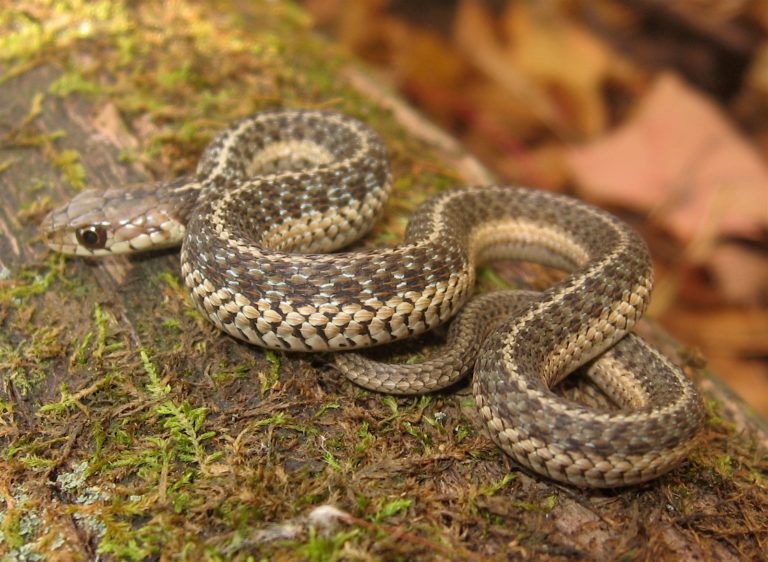

Smith 2016), Querétaro ( Dixon and Lemos-Espinal 2010), San Luis Potosí ( Lemos-Espinal and Dixon 2013), Michoacán (Alvarado-Díaz et al. Smith 2007a, b, 2015a, b Lemos-Espinal and G.

2009), Aguascalientes ( McCranie and Wilson 2001), Chihuahua and Coahuila ( Lemos-Espinal and H. In recent years, there has been a considerable increase in the study of Mexican regional and state herpetofaunas such as Sinaloa ( Hardy and McDiarmid 1969), Peninsula of Baja California ( Grismer 2002), Peninsula of Yucatan ( Lee 1996), the Valley of Mexico ( Ramírez-Bautista et al. Among them is the great Cañón de Santa Elena, in the Zona de Protección de Flora y Fauna Silvestre Cañón de Santa Elena, an extension of the Big Bend National Park of the United States. In extreme northeastern Chihuahua, deep canyons, similar to those on the Pacific side of the Sierra Madre Occidental, cut into the edge of the high plains, and support their own distinct herpetofaunal assemblages. Some are high enough to support coniferous forests, constituting continental “islands” surrounded by a “sea” of semiarid plains, where differentiation among populations is enhanced by isolation. From these plains arise a large number of small to medium-sized, isolated sierras, some of which reach altitudes of over 2,000 m. Over half of the state of Chihuahua, east of the Sierra Madre, is covered by high plains at ~1,200–1,700 m. The deepest canyon is Urique Canyon, 1,870 m in depth Batopilas Canyon is 1,830 m deep Sinforosa Canyon is 1,800 m deep and Copper Canyon is 1,759 m deep ( Martin et al.1998, INEGI 2004, Wyndham 2004, Lemos-Espinal and H. Four of these six canyons are deeper than the Grand Canyon, some by over 305 m. Copper Canyon is a 64,750 km 2 system of six interconnected canyons located in Southwestern Chihuahua. The highest altitude is on Cerro Mohinora, at 3,300 m, and the extreme southwestern Pacific slopes of this Sierra are characterized by deep canyons that drop down to ~250 m in the Barranca del Septentrión/Cañón de Chínipas, making diverse habitats for plants and animals. The topography of the Sierra Madre Occidental of Chihuahua is very heterogeneous.

In Chihuahua, the Sierra Madre varies in width from ~130–160 km in the south (west of Hidalgo de Parral) to ~65–80 km in the north (west of Casas Grandes) ( Tanner 1985, Lemos-Espinal and H. The western part of the state is primarily occupied by the Sierra Madre Occidental, which passes the Continental Divide, separating the Pacific and Atlantic drainages. Topographical map of the state of Chihuahua, Mexico: 1 Chihuahuan Desert 2 Sierra Madre Occidental, and 3 Cooper Canyon (INEGI 2001).


 0 kommentar(er)
0 kommentar(er)
